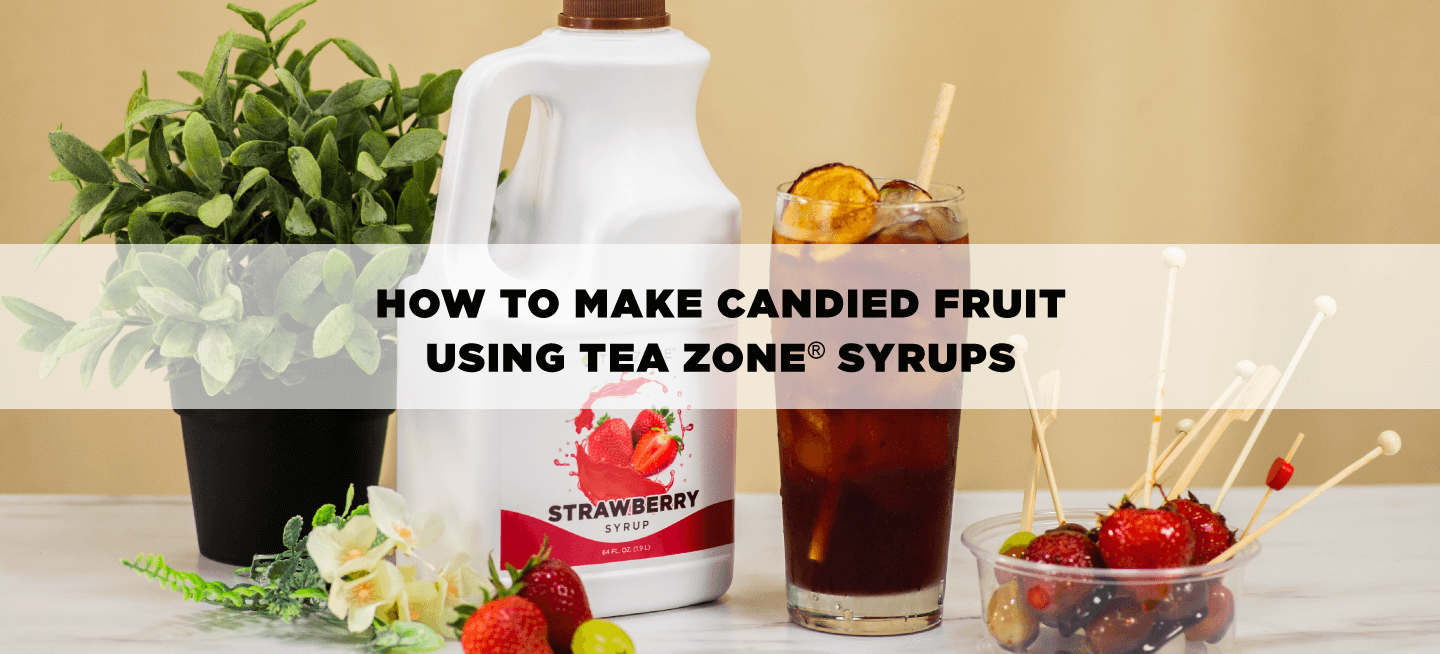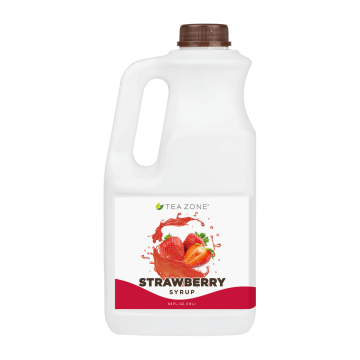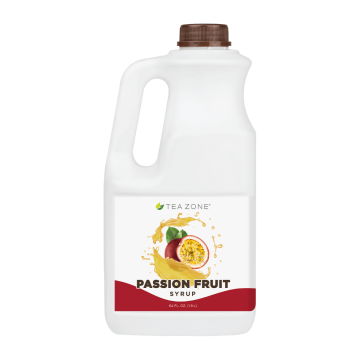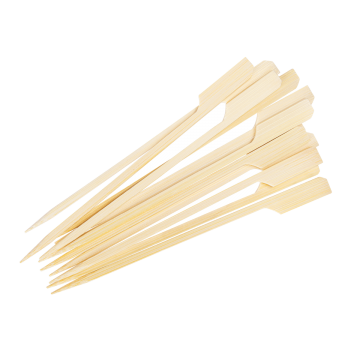How to Make Candied Fruit Using Tea Zone Syrups
By: Alyssa Deguzman
In the last couple years, candied fruit has taken social media by a storm. If you’re on TikTok or enjoy watching ASMR and mukbang videos, you’ve probably stumbled across someone making or indulging in some sort of candied fruit. This snack gained popularity mainly because of the satisfying sound of the crunch from the coat when bitten into.
Typical candied fruit is usually made with sugar, water, and corn syrup. However, instead of corn syrup, switch it up and use Tea Zone Syrups for an extra flavor enhancement. Tea Zone syrups allow you to be creative and concoct your own fruity combinations.
What is Candied Fruit?
Candied fruit, also known as tanghulu, is a traditional street snack that originates in Northern China. The process of making tanghulu involves glazing fruits in a thick, sugary syrup that hardens once cooled and creates an irresistible crunchy shell. Tanghulu began as hawthorn berries on skewers dipped into a boiled sugar syrup, creating a sweet and sour flavor. Nowadays, this delight has evolved with all kinds of different fruits, such as strawberries and grapes.
The history of tanghulu traces back to the Song Dynasty. According to China Daily, when Emperor Guangzong’s imperial concubine became ill, a doctor suggested eating 5 to 10 haws simmered in sugar and water before each meal to recover. Though they were all skeptical, the concubine got better unexpectedly, and the news of the miracle quickly spread to the common people. This inspired some street food vendors to put haws on bamboo skewers and sell them as snacks and rapidly became vastly popular.

How to Make Tanghulu
Though tanghulu doesn’t require many ingredients, it can be difficult to make. It involves having lots of patience and speed. It’s very important to keep an eye on your mixture and to dip quickly once ready, as it can harden and affect the coating process.
Ingredients Needed:
• Fruits of choice
• 1/2 oz Syrup of Choice
• 8 oz White Granulated Sugar
• 1 oz Water
• Skewers
Directions:
1. Rinse fruits of choice and pat dry completely. It’s important to dry the fruit or syrup won’t stick and harden. Be mindful fruits that contain too much moisture might not work as smoothly.
2. Stick 1 to 3 pieces of fruit onto a skewer and make sure to dry off any juice that might have leaked when poking through.
3. Pour sugar, syrup of choice, and water into a saucepan then place it on the stove. Turn it on to medium heat and leave it alone. Stirring can mess up the consistency and cause it to crystallize. The sugar, syrup and water will melt into each other, but if you want to stir, mix the sugar and syrup before you add in the water and before you turn on the heat.
4. If you have a cooking thermometer, wait for it to reach 300F (hard crack phase). Once syrup reaches that temperature, turn off the stove and take pot the off the heat.
5. If you don’t have a thermometer, pay attention to how the syrup looks. It should be browned and bubbling. Once the bubbles start to slow down and get quieter, your syrup should be ready for dipping. It should take around 15 to 20 minutes.
6. To test if syrup is ready, get a spoonful and drop it into a glass of water. If it hardens and floats, it’s ready for the fruit.
7. Take your fruit skewers and dip them in the mixture, swirling it around making sure to cover the fruit entirely from end to end. This prevents the fruit from leaking any moisture.
8. Place the coated fruit on a silicone sheet or parchment paper to allow it to harden and cool. Let them cool and enjoy!
Important Tips When Making Tanghulu
• Make sure fruits are dried off completely.
• Do o not stir. Stirring can cause crystallization, so it’s best to leave the syrup alone and let it mix on its own. If needed, gently swirl the mixture around in the pan.
• Coat from end to end to prevent juice from seeping out of the fruit.
• Move fast, the syrup will only last about 10 to 15 minutes before consistency changes.
• Let them cool on a non-stick surface (parchment paper or silicone sheet) for at least 10 minutes before enjoying
• Shell should not be sticky; it should be hard.





























